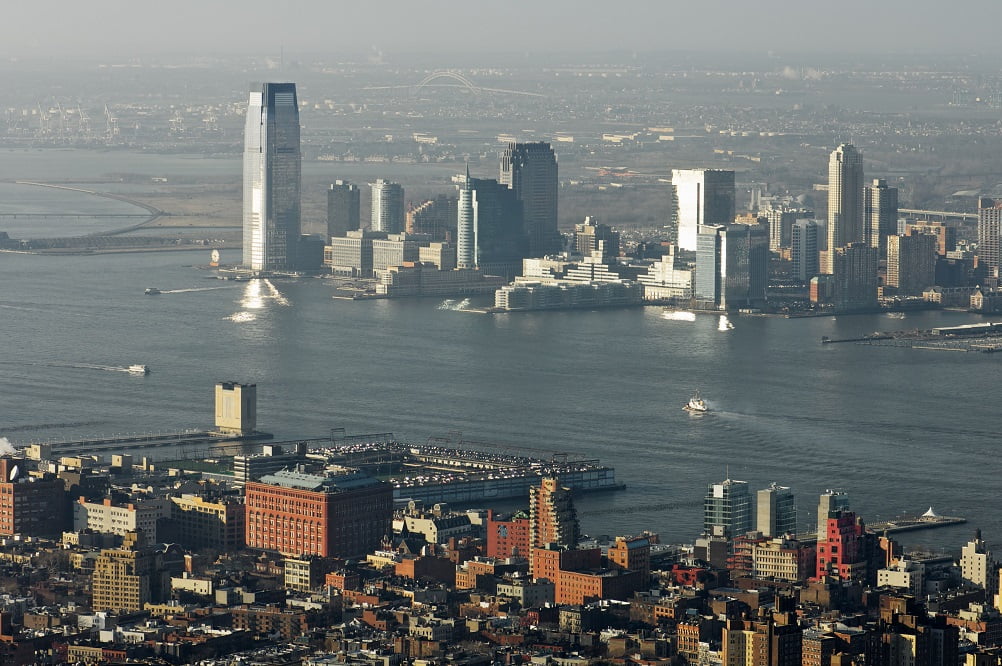Urbanization can’t be held responsible for food security and decline in land use diversity all the time, with a team of researchers claiming that negative portrayal of urbanization on food and land use biodiversity are incorrect.
Researchers have developed a framework for evaluating intersection of urbanization and food security and land use diversity and results have suggested that the assumption that urbanization is negatively affecting the two major areas is not always correct. With more and more people shifting from rural to urban areas, scientists say that we can’t simply assume that urbanization exclusively, negatively impacts food biodiversity.
The newly developed framework looks at the intersection of urbanization and agrobiodiversity — biodiversity in food production and consumption as well as agricultural ecosystems — in four different areas: land use; supply chains; food access and foodways; and urban infrastructure and food retail.
Looking at urban and peri-urban land use, there are a wide variety of approaches that help food and nutritional biodiversity. On a city’s fringe, crop land, orchards and dairy farms can supply a range of products.
According to the researchers some U.S. metropolitan areas could become locally self-sufficient in eggs and milk, but only 12% and 16% in fruits and vegetables, respectively. However, in Hanoi, Viet Nam, urban and peri-urban agriculture provides 62% to 83% of vegetables and significant levels of pork and fish. Within a city, and peri-urban area gardens and farms of all sizes, whether they are public or private, roof top or pocket, add to the diversity of food available to residents.
Because not all food in a city can come from the city or its surroundings, supply chains are very important. These supply chains are local, national and international. Researchers explained that currently, supply chains are very proprietary, and it is hard to get data because companies do not let information out, but that newly available datasets on commodity networks could be used in research. National supply chains are getting standardized rapidly and this is effectively supporting diversified farming.
The third segment of the framework is influenced by economics and culture. Food access is extremely important and reports of food deserts in U.S. cities have spurred some actions. But according to researchers, since the Green Revolution in the 1950s and 1960s — a push toward modern, mechanized agriculture in the developing world that focused on a few specific staple, commodity crops — poor populations have been pushed to consume a less diverse but cheaper diet in which traditional foods and agricultural practices were deemed outdated.
However, urban poor are often of varied ancestry and carry with them the foodways of their respective cultures, according to the researchers. These cultures and the foods they eat can diversify the foods available for all in the area. Access to a diversity of culturally varied foods can also increase nutritional security.
The final branch of the framework is urban infrastructure and food retail, which show both challenges and opportunities for accessible, healthy food. Retail possibilities in an urban context include supermarkets, grocers, convenience or corner stores, formal and informal urban open-air markets and food delivery, street vendors, restaurants and other eateries.
This variety of options supplies a fertile field for investigating how urban infrastructure and retail outlets provide access to urban residents. Some of these possibilities include using data collected from bar codes or restaurant web sites to track the food biodiversity within a city or urban area.
The researchers said they hope that using this framework and the interconnectedness of the urban peri-urban environment with agrobiodiversity will help debunk the myth of these two vital conditions as incompatible.

